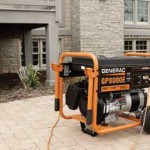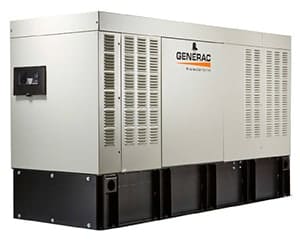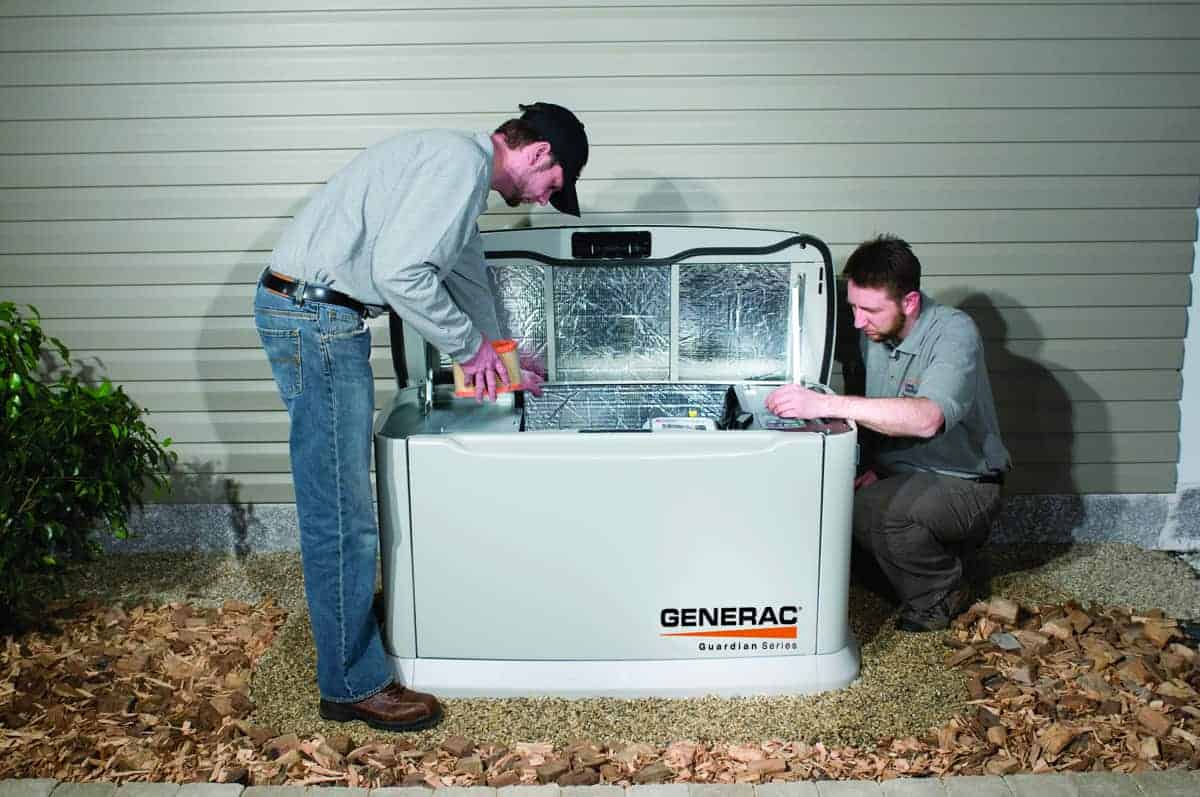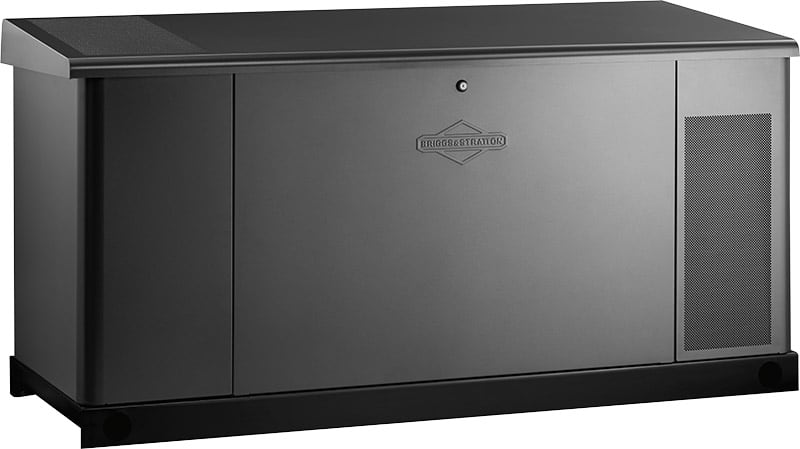Many people choose a portable generator to supply power during an emergency. Generators for home use can power essential systems that include refrigeration, heating and air conditioning, and sump or well pumps.
Selecting and buying a portable generator requires more than a stop to the local home center to just pick one up. The process requires a little planning, some work with a calculator, and then selecting the generator system that meets current and future needs. After the purchase, connecting the generator to the house is still a concern and doing it right requires more planning.
Generator Size and Features
Generators are rated by the number of watts they are capable of supplying. The watt is a unit of power found by multiplying voltage by amperage. The typical 15-ampere convenience outlet found in homes operates at 120 volts. To find watts, 120V x 15A = 1800 watts. One kilowatt is 1000 watts, so 1800 watts = 1.8 kilowatts.
A generator usually has two power ratings. Continuous power describes the continuous load the generator can supply. Maximum, surge, or reserve power describe how much additional power the generator can supply for a few seconds to start motors.
The first step in generator selection determines what size generator will meet the essential needs now and in the near future. Be sure to add in enough power for a few small conveniences such as lights and a microwave.
Some generators only have outlets to plug extension cords into. These work well if the only appliances that need power can plug into the outlets. Other appliances such as well pumps or the furnace are wired directly to a branch circuit, and supplying those with power requires the installation of a manual transfer switch with an inlet box, and a generator with an high-current outlet to supply it.
Other features to look for include automatic low-oil-level shutdown, run time on a full tank of fuel, fuel type, and maintenance intervals. Consider the type of fuel the generator uses and plan to store enough for at least three days of use. Most portables run on gasoline, but some models use propane. Tri-fuel models can use natural gas, LP gas, or gasoline.
Manual Transfer Switch
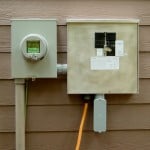
During a power outage, skip the hassle of running multiple extension cords from your generator to your appliances.
The manual transfer switch is wired directly to an inlet box. Whenever generator power is required, the homeowner connects the generator to the inlet box with a specially designed, heavy-duty power cord. The generator is started and the homeowner selects generator power on the transfer switch. When utility power is restored, the owner moves the switch back to utility power.
There are three main types of manual transfer switches available and choosing is a matter of preference and need.
A service-entrance-rated manual transfer switch is installed between the main service panel and the electric meter. It supplies the main service panel with either utility or generator power and works best with large generators capable of supplying the entire home with electricity.
A single-load transfer switch supplies a small sub panel or a single appliance with electricity from the main service panel. The sub panel distributes power to the circuits that receive power during an outage.
The third type of switch combines the simple transfer switch and sub panel into a single unit.
Stay Prepared
Know ahead of time where you will place the generator when you use it. Position it according to the manufacturer’s directions, away from the house and never near windows, doors or vents. Be certain exhaust fumes won’t enter your house or your neighbor’s. Never operate it in an enclosed space such as a garage or shed, or indoors.
Portable generators don’t run automatically, notify their owners of required maintenance, or exercise themselves to stay ready for an emergency. Plan a regular schedule of exercise and maintenance and rotate fuel supplies to keep the fuel fresh and ready to use. If the generator runs on gasoline, empty the fuel tank and run the carburetor dry before storing the unit.

